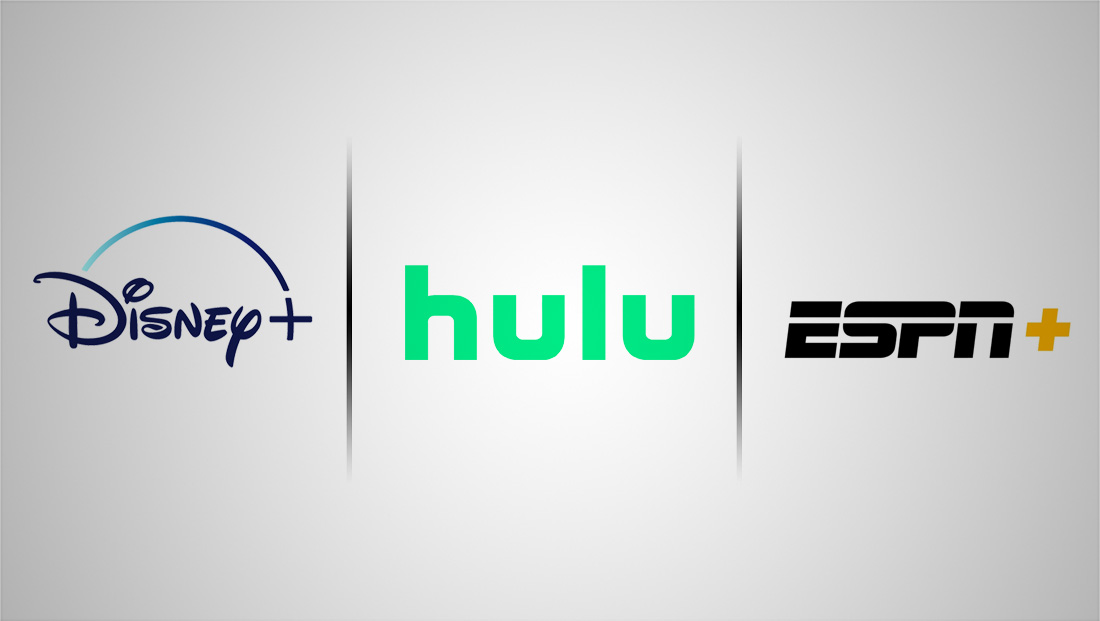Disney+ announces significant price hikes, plan changes
By MixDex Article may include affiliate links

Disney has announced key pricing and plan changes across its streaming offerings that collectively lost over $1.1 billion in the third quarter of 2022.
Flagship Disney+ will continue to offer a $7.99 a month plan, but users at that level will see advertising during programming. That price point currently is ad-free. Disney announced plans previously to launch an ad-supported tier.
In its announcement of the changes, Disney hailed the option as a “much-anticipated” way to bring more “choice” to consumers.
To remove ads, Disney+ fans will have to pay $10.99 a month, a 38% increase.
This marks Disney+’s venture into the ad-supported model, which is quickly emerging as a way for streamers to keep prices low and keep subscriber counts stable.
The new Disney+ prices go into effect Dec. 8, 2022.
Over at sister streamer, Disney-controlled Hulu, the service is increasing to $14.99 a month from $12.99. The ad-supported version goes from $6.99 to $7.99 per month.
Disney-owned ESPN+ previously announced it would increase from $6.99 to $9.99, a steep 43% increase.
Bundled pricing is also affected, though current subscribers will only see a $1 per month hike to use Disney+ ad-free and Hulu and ESPN+ with ads (current plans include ads on the latter two services). That will put the bundle cost at $14.99. Removing ads from Hulu as well will cost $19.99. ESPN+ does not offer an ad-free option.
Meanwhile, the bundle with ads during Disney+ views will drop $1 to $12.99 and an ad-supported Disney+ and Hulu package will cost $9.99.
Hulu’s Live TV offering has its own set of pricing updates. Basic access to the service includes Disney+, Hulu, ESPN+ and live TV features for $69.99 a month.
That’s lower than the “legacy” plan that includes no-ad Disney+, live TV, plus Hulu and ESPN+ with ads for $74.99. Existing subscribers can continue to pay $82.99 for a plan that removes ads from Hulu.
None of these fees don’t include select special event fees or upgrades such as watching on an unlimited number of screens. Disney also notes that select programming on its “ad-free” offering still may have limited commercials due to licensing restrictions. Live TV still has advertising as it airs, though it can be mostly skipped if the program is added to the cloud DVR.
Disney, like others in the streaming game, is facing rising costs to produce the original programming that it relies on to help stand out and draw viewers and subscribers.
Combined, streaming companies are spending billions per year to produce programs that are available only on their services and the key ways to make that back is through subscription fees and advertising revenue.
Rising inflation likely isn’t helping matters as production costs are increasing as well.
In many cases, these costs are making it challenging for streaming ventures to turn profits, though it’s often hard to tell because financial results aren’t always broken down to that level when the streamer is part of a conglomerate.
Netflix has recently announced it plans to dive into the ad-supported game in a move that will allow it to offer a lower-priced plan for consumers unwilling or unable to pay a higher price.
While removing ads from many streaming services generally only costs a few dollars more per month, those extra bucks quickly add up, especially if someone subscribers to more than one streamer.
Streaming companies also have to balance pricing strategy with the well-known issue of password-sharing, which means that additional people, typically outside of the household of who’s footing the bill, use the account to watch programming but generate $0 in additional revenue on ad-free plans.
Netflix has said it’s looking to crack down on the issue, including testing the ability to pay a few extra dollars to “add a home.”
Most streamers have been relatively quiet about the issue of password-sharing, however, though it’s generally against the terms of service to share login information without anyone outside of a “household.”
Popular Searches
- TV Industry News
- Broadcast Engineering News
- Broadcast Design News
- TV Talk Shows
- TV Syndication
- TV Advertising
- TV News Jobs
- TV Industry Mergers and Acquisitions
- TV Anchors
- Cable News
- Late Night TV
- TV Syndication News
- Broadcast Industry News
- TV News Drone Journalism
- TV News Augmented Reality
- TV Weather Forecasting
- TV News Journalism
- TV News Ethics
- OTT News
- News About NBC
- News About CBS
- News About ABC
- News About CNN
- News About MSNBC
- News About Fox News

